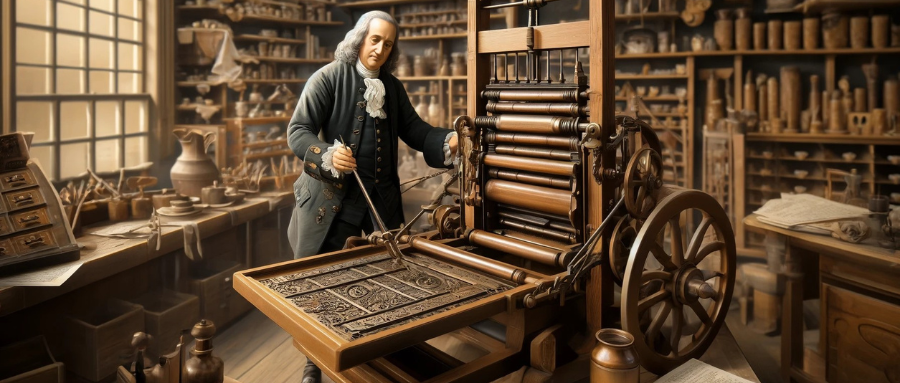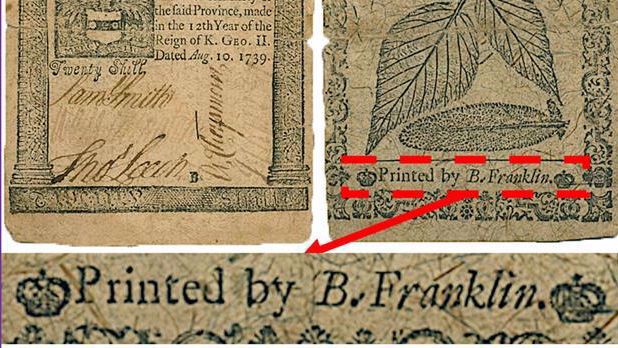
Reference:The Epochtimes
Modern technology has created many anti-counterfeiting methods, yet counterfeit currency still exists. In ancient times, without advanced technology or money detectors, how did people identify real money and prevent counterfeits?
Benjamin Franklin, whose portrait is on the hundred-dollar bill, made significant contributions to anti-counterfeiting techniques that are still relevant today.
According to the Proceedings of the National Academy of Sciences, Franklin was an early innovator in using printing technology to protect currency. He used coloured threads, watermarks, and imprints of natural objects like leaves to make his bills unique and difficult to counterfeit.
Today, the University of Notre Dame uses advanced scanning technology to verify Franklin’s methods, revealing that these techniques are still foundational in modern anti-counterfeiting.
Benjamin Franklin’s Innovative Anti-Counterfeiting Methods
In 1739, Franklin printed a 20-shilling Pennsylvania note using a "nature print" of a leaf. This technique transferred the detailed patterns of a leaf onto the printing plate, making it nearly impossible for counterfeiters to replicate. In more advanced forms, this method is still used today to protect modern currency.

(Image provided by the National Academy of Sciences/AP Photo)
Modern Applications and Impact of Anti-Counterfeiting Technology
Anti-counterfeiting technology has expanded beyond currency to combat counterfeit goods globally. Fake products cause significant financial losses and damage to brand reputations. By incorporating advanced anti-counterfeiting methods, brands can detect and eliminate counterfeit goods from the market.
What tangible and intangible losses can the appearance of counterfeit goods cause? Can banknote-level anti-counterfeiting technology also identify price-dumping issues on sales channels?
We would love to assist you!






